Azure is one of the most widely used cloud computing platforms that the world has presently. With its endless features and facilities, Azure is winning hearts and adding laudable capabilities to a business. However, a business shouldn’t trust it blindly and take full charge of the security of the database.
Azure Access Control is a great way to protect Azure resources. In this post, we will give you an overview of what this feature means and how it helps businesses to protect key data resources.
Azure Access Control – A Way To Keep Azure Resources Safe
A key aspect of Microsoft Azure, Azure Access Control, is here to protect the cloud resources and storage protected from hassles like unwanted user access.
With a wide range of capabilities, Azure Access Control aims to define and design access policies for the storage solution. Also, it helps an Azure user to design the permission and authentications for all the used services.
Have a look at the key components of the Azure Access Control tool:
-
Azure Active Directory or Azure AD
Looking for a centralized way to authenticate and authorization of users? Well, Azure Access Control offers Azure AD. This cloud-based identity and access management service allows users to enable SSO on all the Azure services. Additionally, it implements SSO on integrated 3rd services.
-
Conditional Access
Azure users have the facility of Conditional Access that permits end-users to explain the access control policies that revolve around particular conditions. This is important for businesses that need to have fully customized control access.
-
Role-based Access Control or RBAC
RBAC is one of the most laudable features of Azure Access Control. This feature empowers Azure users so much that they can design different user groups with distinct capabilities. For instance, they can set user access control based on subscriptions or resource groups.
-
Azure AD Privileged Identity Management or PIM
Next, we have PIM to discuss. With PIM, Azure users have the power to manage and control the access granted using Azure AD. With this, it’s easy to grant just-in-time access to privileged roles.
-
Shared Key Authorization
Using the shared key authorization, you can protect your blobs, files, queues, and tables stored over Azure. The feature grants a unique shard key for every access request and needs verification.
-
Shared Access Signatures or SAS
Along with Shared Key Authorization, you can use SAS to protect the blobs, files, queues, and tables. With this feature, you can control the delegated access to the storage account using a pre-signed URL. The URL will have the granted permission details.
-
Azure Active Directory Domain Services or Azure AD DS
To protect the Azure Files, you can try the Azure AD DS authentication, which supports identity-based authorization. This type of authorization is better than traditional Server Message Block (SMB) authorization.
-
Azure AD Identity Protection
Azure AD Identity Protection is for those looking for advanced access policies with features like threat detection and risk-based conditional access. The feature is based on a machine learning algorithm and can spot unidentified access or activities immediately.
-
Azure Multi-Factor Authentication or MFA
Lastly, MFA is here to scale up the default security layer of cloud storage. You can club the basic password-based login with two or more verification factors. These additional verifications generally include OTP verification, Biometric verification, and so on. This is great for controlling unauthorized access.
Why Use Azure Access Control?
In a world where data leaks and data threat incidents are happening at a faster pace, it’s very unwise to keep your cloud resources unguarded. Access Control is important because:
-
It Prompts the Security of Storage Resources and the Entire Ecosystem.
It’s hard to put a stop to cybercrimes. But, it’s easy to level up the default security so much that criminal penetration seems impossible. Azure Access Control helps businesses with this goal. By controlling access, adding multiple access factors, and using other advanced security features, it levels up the basic security of Azure cloud and storage resources.
It implements every possible measure that is required to control user access resulting in fewer possibilities of invasion and unauthorized access.
-
It Makes Access Management A Fully Centralized Operation
Defining access policies, granting permission, identifying verified users, and managing access keys for different accounts and users is otherwise very hectic. But, Access Control brings all the to-be-protected storage accounts and cloud resources together and allows businesses to manage their access fully centrally.
You can define roles, assign permission, and implement restrictions only once, which will apply to all the connected user accounts. This saves a huge deal of time and effort.
-
It Allows Access Control At A Granular Level
When we talk about strong access control at each level, access control at a granular level should be there, and this is what Azure Access Control promotes with RBAC or Role-based Access Control. The feature allows Azure users to define and control access with granularity. Hence, you can fine-tune the access rights and take specific actions immediately.
-
It Helps You Meet Compliance
For many businesses, security databases are essential for meeting certain compliance and earning a trusted status. For instance, businesses related to healthcare industries have to adopt measures to protect patient data as it features sensitive details. By applying access control, they can meet HIPAA compliances quickly.
-
It Promotes SSO
With Azure Access Control comes the SSO or single sign-on capabilities, which are perfect for saving time and effort, as one sign-in can help you access all the linked storage accounts.
-
It Scales with Business Growth
Azure Access Control is a feature that is designed to scale your application and infrastructure needs. As the user bases and multi-tenant incidences grow, it integrates and expands to support you in every possible way.
Read out our another peace of content regarding Azure.
Key Benefits of Azure Virtual Desktop for Businesses
Is Azure Access Control Flawless?
Despite offering too many benefits and security features, Azure Access Control is not a solution addressing all sorts of issues. It does have limitations, such as:
- Great dependency on Azure AD making is nearly useless if Azure AD is down or facing disruptions.
- It can become too cumbersome to handle and implement at a large scale.
- There is a very narrow scope for customization.
- It may not work with the same perfection in a multi-cloud or hybrid cloud ecosystem. Its functionalities are designed to perform in a dedicated cloud ecosystem.
If you plan to make the most of Azure Access Control, addressing these challenges or limitations is imperative. As a business with limited competencies, you may fail in the job. Hence, the wise move is to take the help of a skilled Azure partner that can understand your requirements and offerings of Azure Access Control in a better way.
Final Say
You need to ditch your plan to move to the cloud if you don’t use access control. With it, protecting storage accounts and cloud resources is very difficult. For Azure users, Azure Access Control is a blessing in the discussion.
By offering a wide range of security features, this tool is here to ensure that no unauthorized person will barge into your storage and resources. However, you need to put the tool in the right way, and this is possible with the help of a skilled Microsoft-certified partner and leveraging their result-oriented Microsoft services and consulting.

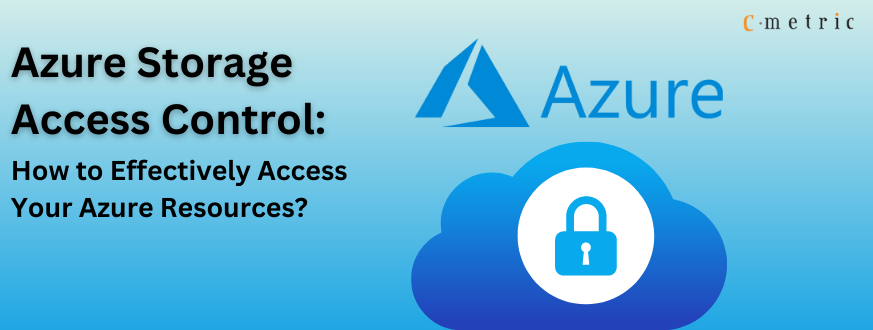





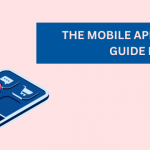




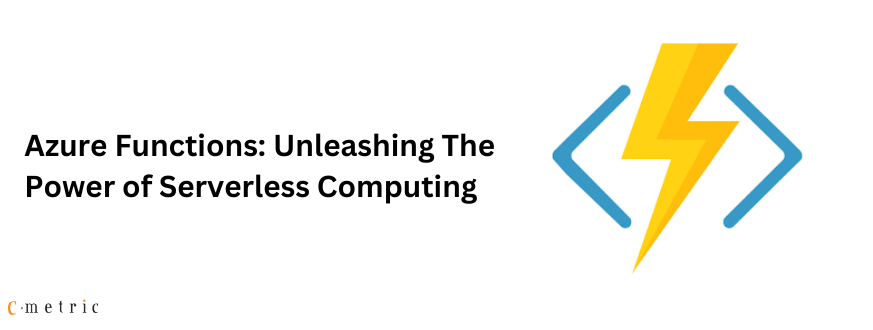
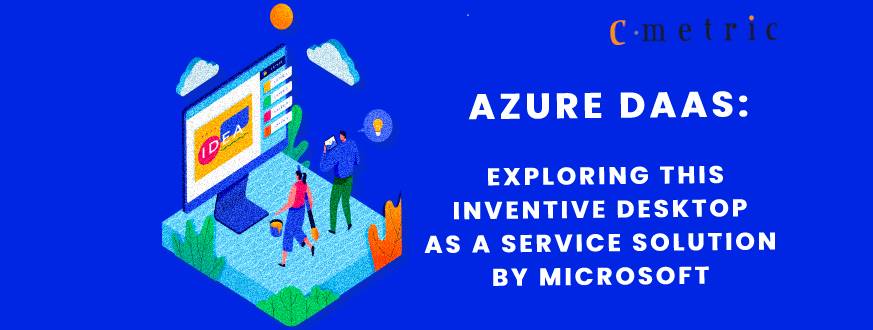
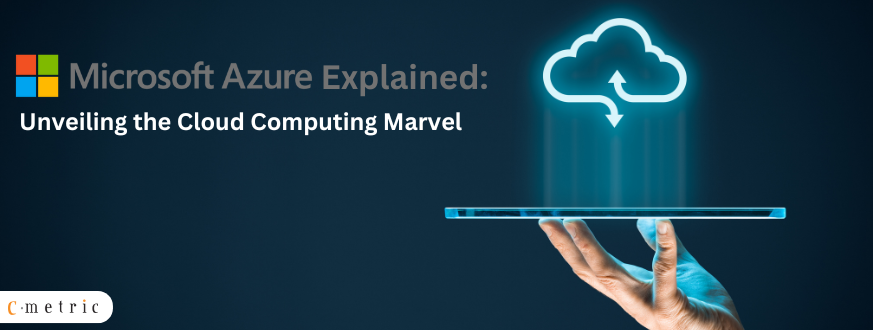
Get in Touch